The World’s Fastest E-Type Jaguar, The Quest for the Record
by Phil Shephard
-Remove air filters from ram tubes
-Pull parachute safety pin out
-Arm and check both onboard fire extinguisher systems
-Turn and lock fuel pump control on
-Charge ram tubes with unleaded fuel, and
-Finally push starter motor button (using no throttle as it may start an alcohol fire)
Is that how you start your E-Type? Probably not. It also probably doesn’t go 170+ mph. Or need a parachute for braking. And where most people go out of their way to keep their classic car out of the salt, the author of this book lives for the salt: “The pull of the salt and the lure of speed are addictive.”
The enormous dry salt lakes in Australia’s outback offer racers in that hemisphere what Bonneville, El Mirage, and Muroc in the US do, a large surface on which to do straight runs in pursuit of land speed records. But officially timed dry lakes racing in Australia has only been going on since 1990 when the first of the now annual Speed Weeks was held at Lake Gairdner in South Australia. In his day, legendary New Zealander Burt Munro of “World’s Fastest Indian” fame had to drag himself and his machine to the US to get his name into the record books (his Bonneville record, achieved with a weak heart and at a rather advanced age, still stands!)—he would be mighty surprised to know that these days the world’s fastest racers are coming to his neck of the woods.
The unsuspecting reader will of course wonder just what it is that makes a 50-year-old sports car competent on the salt. This question is never really explored, save for a sidebar fairly late in the book that discusses this particular model’s aerodynamic stability. E-Types were of course plenty fast right of the box, and this particular car’s use as a daily driver had been pretty much from the beginning spiced up with regular and varied racing and rallying activities in the hands of its several amateur owners. Most notably is surely the 9300-mile/25-day Panama–Alaska Rally in 1997 in which this car not merely survived but placed a respectable 34th. Also noteworthy is that the car remained road-legal throughout its life despite the modifications required by the various sanctioning bodies.
The role of the latter, the DLRA (Dry Lakes Racers Australia), as well as the car’s ownership history from new is laid out on the first two dozen pages before the narrative switches to a daily log of the days leading up to and during the Speed Weeks in the specific years the car was campaigned by its father/son team and their merry band of mates. Sidebars touch on peripheral topics such as the use of camels in Australia, a 1904 replica Napier, or the glory that is Australia’s national dish, the meat pie.
This is a story that absolutely deserves to be in wider circulation than the occasional mention in Australian Jaguar or lifestyle magazines, and while this very fine book has all the visual appeal and high production values to achieve that, it is, on some level, not making it easy for a new audience to easily find its way. For example, while the hard data is of course alluded to here and there, a simple table showing the 2007–2015 results in one place would tell the reader that after setting the record in its second year of participation (2010, 161.870 mph) in all subsequent years the crew chased its own record but didn’t better it until 2015 (170.068 mph). That said, there is a 2-page list/table (see below) devoted to the car’s 19 DLRA runs but it contains so many data points that the aforementioned observation is almost impossible to make without prompting.
Appended are team bios and there is an Index.
Throughout and also in the Foreword by the Fastest Aussie on Earth, Rosco McGlashan, there are references, if only low-key, to the enormous obstacles the usually amateur racers face and on that score too, this story deserves to be better known. It is, in fact, odd, in an unpleasant sense, that even the Almighty Interweb that wastes buckets of electrons on recording the most useless stirrings of the universe, has nothing substantial to say about Team Shep and its mighty Jag. So, make a point of seeking out this story, marvel at your fellow man’s tenacity, and enjoy a really prettily executed book.
Copyright 2017, Sabu Advani (speedreaders.info)



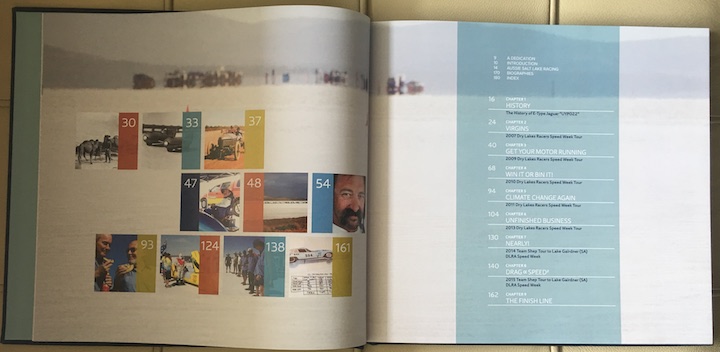
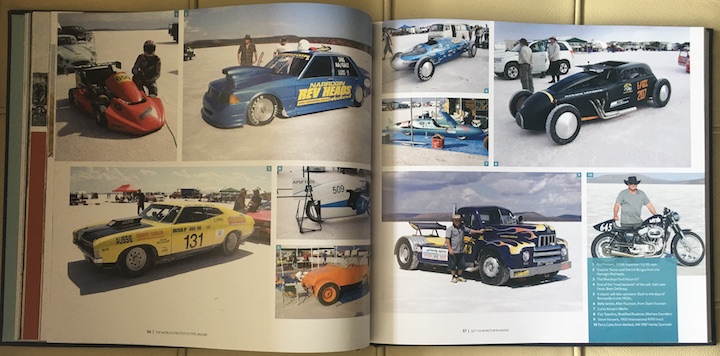
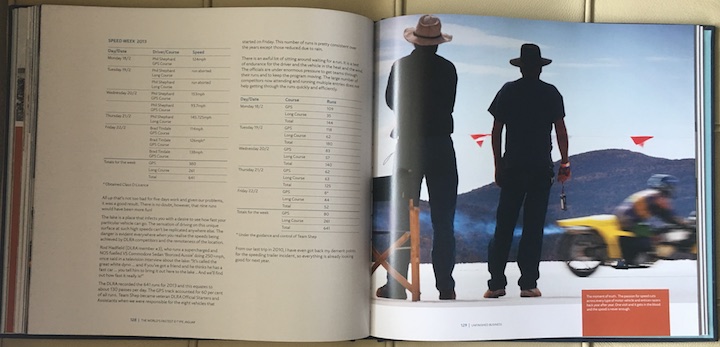
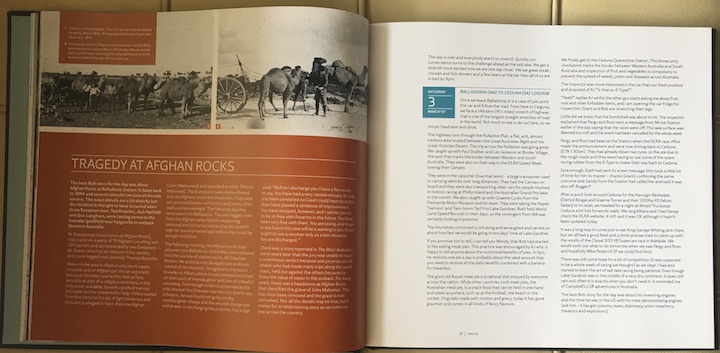
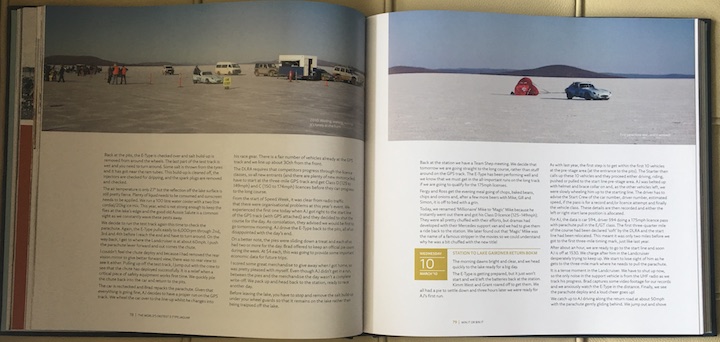
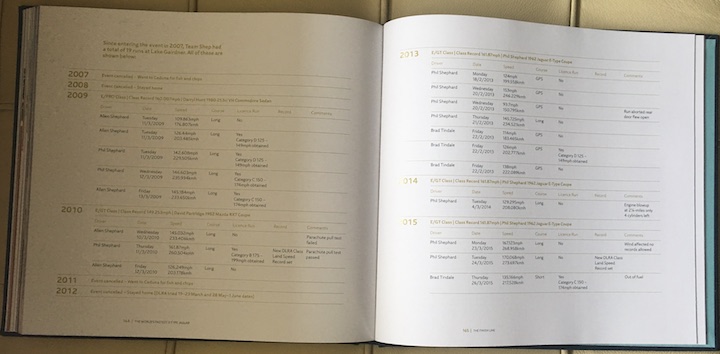
 RSS Feed - Comments
RSS Feed - Comments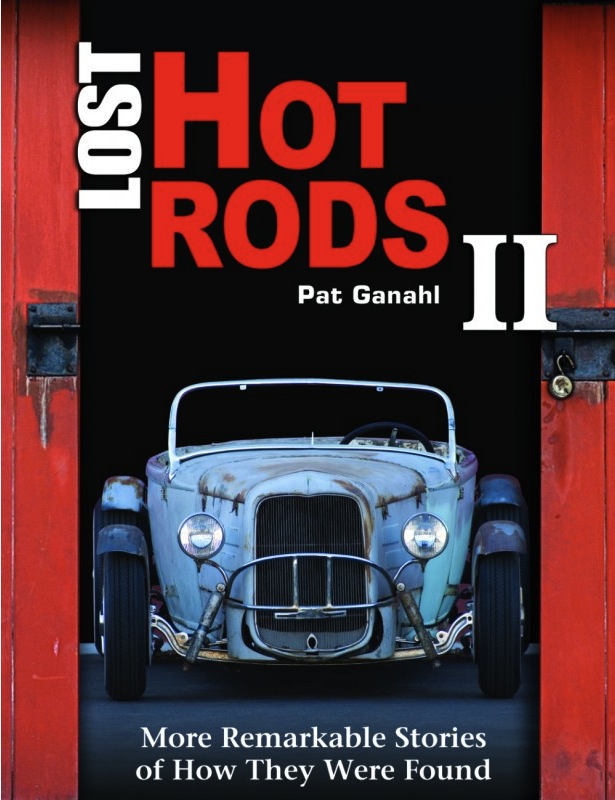
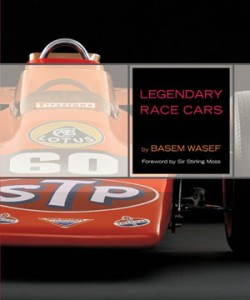
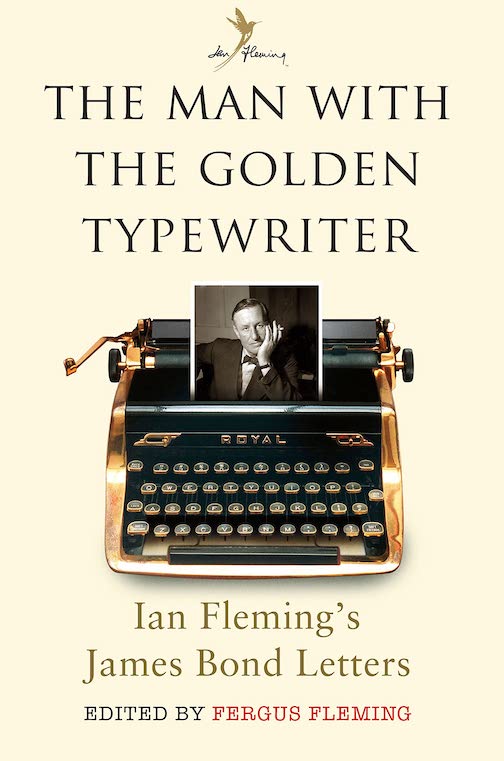

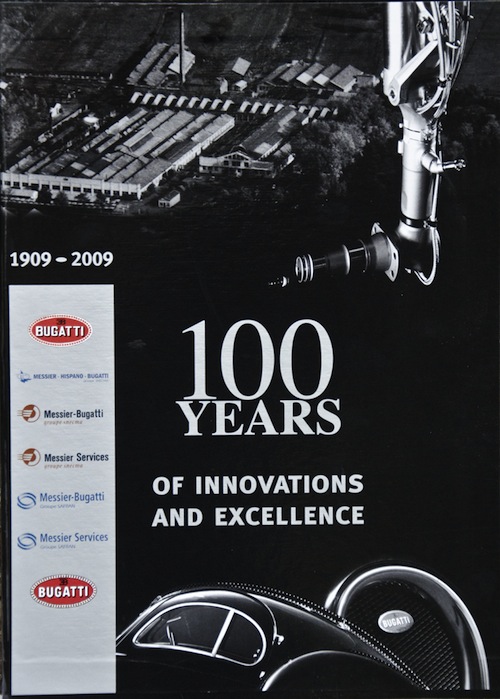
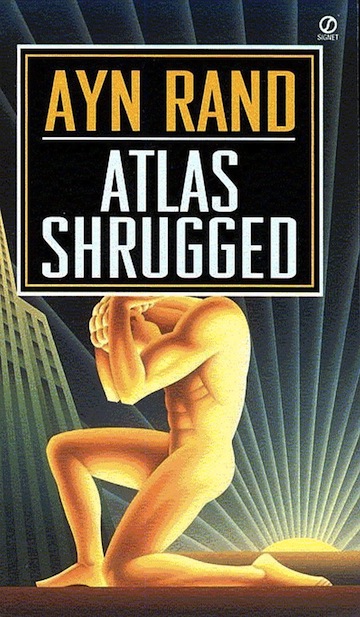
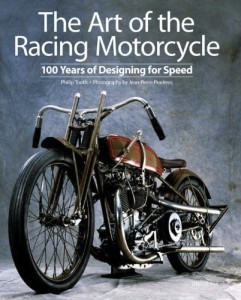
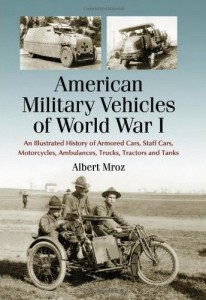
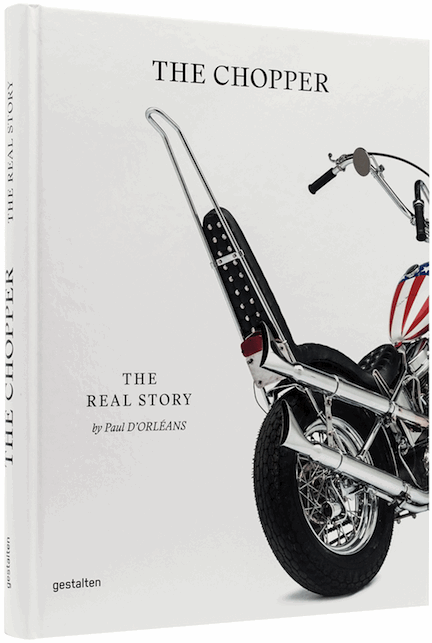

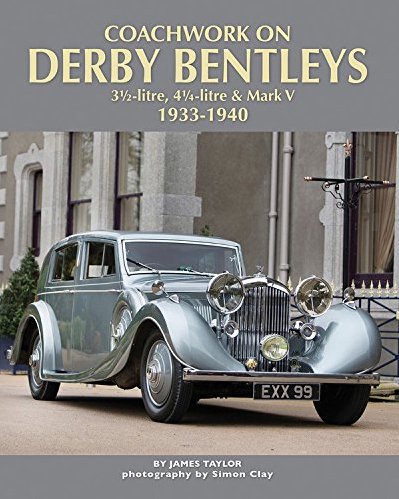
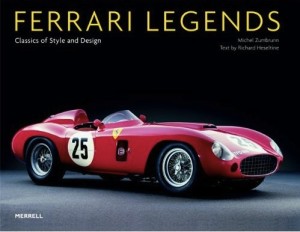
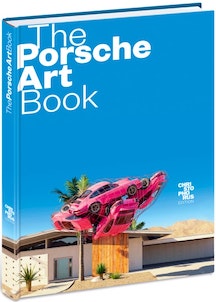
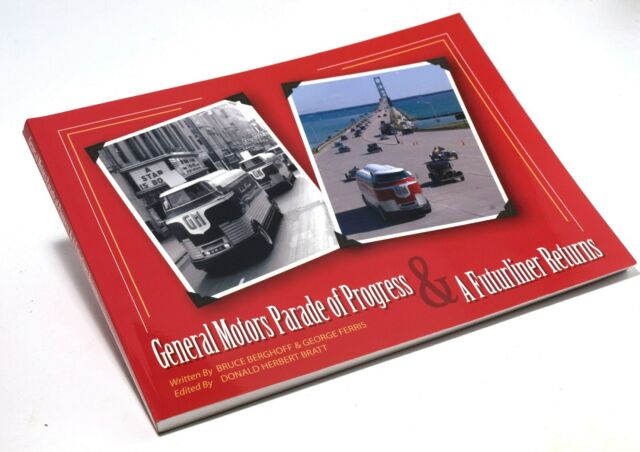
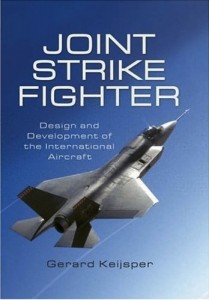
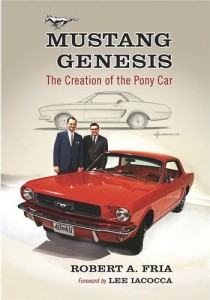
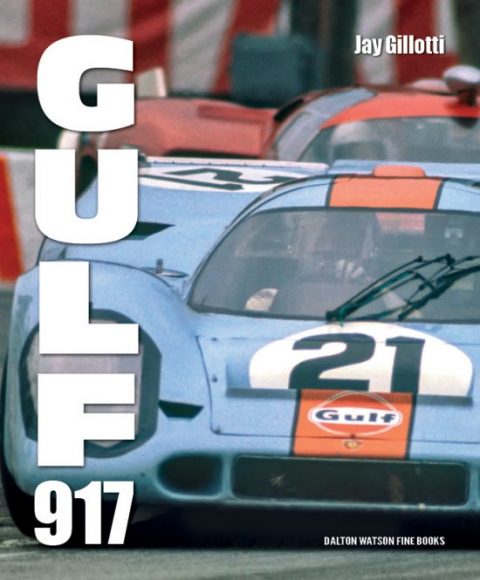
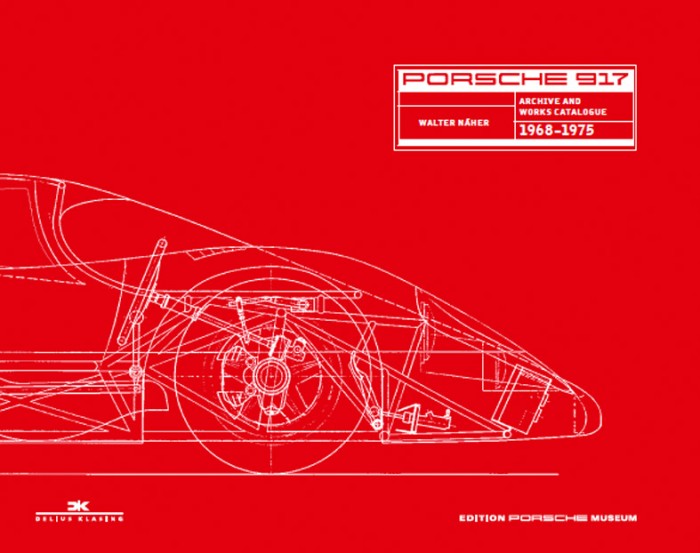
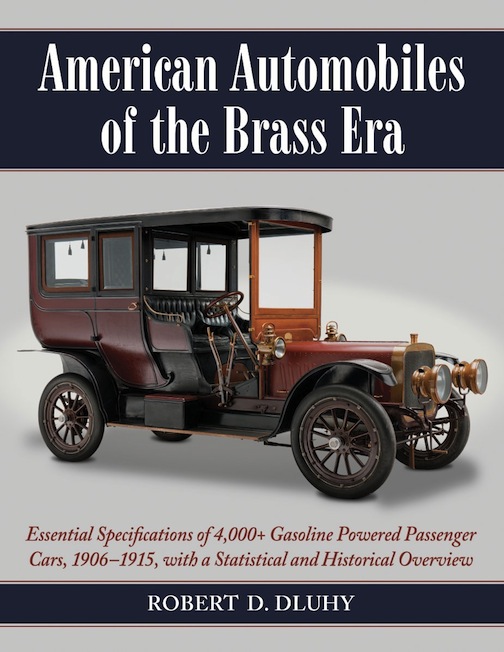
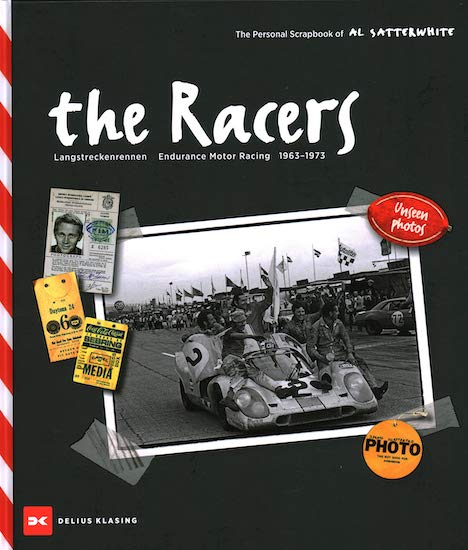
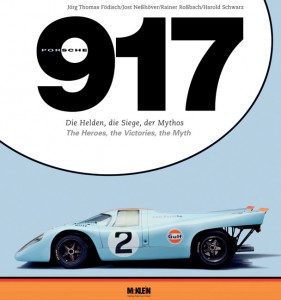
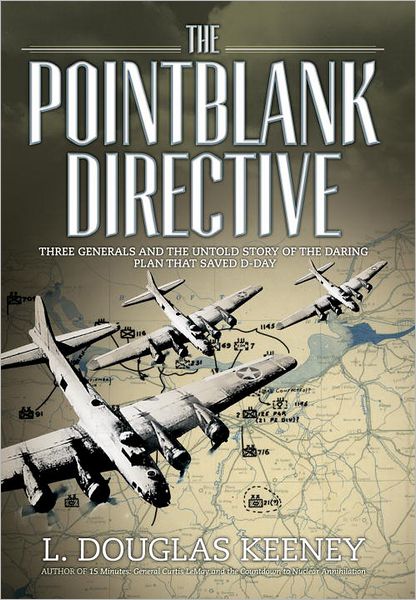
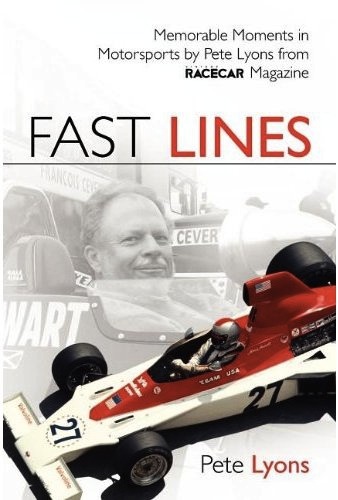
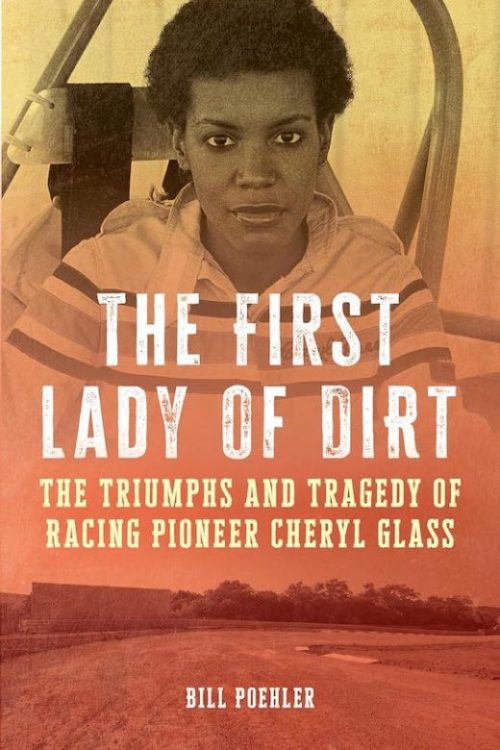
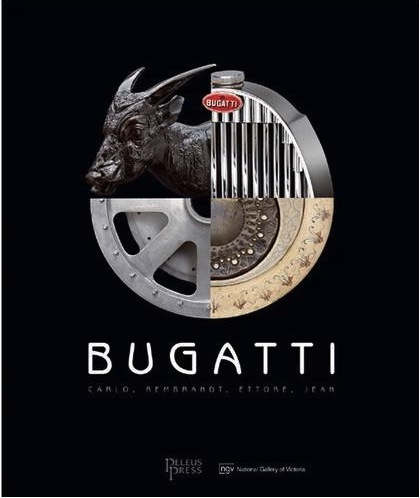
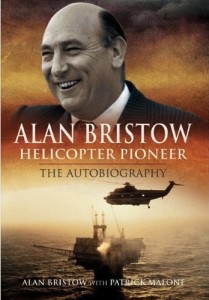
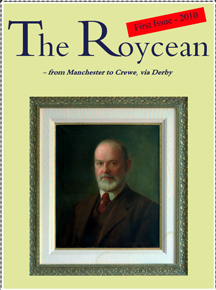
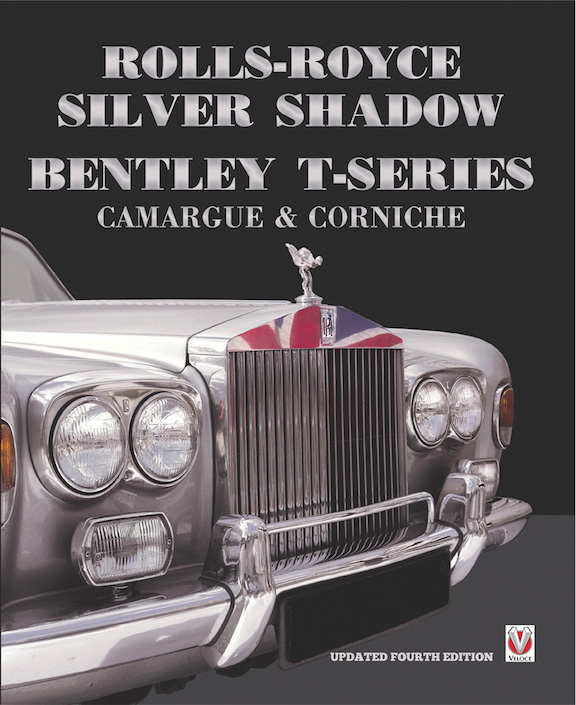
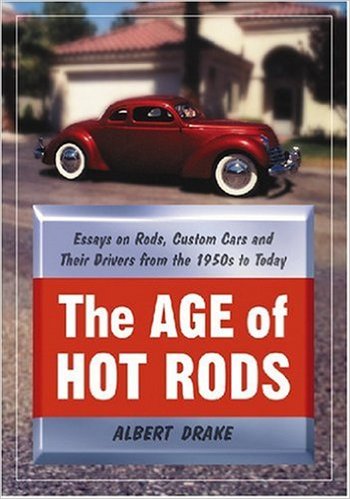
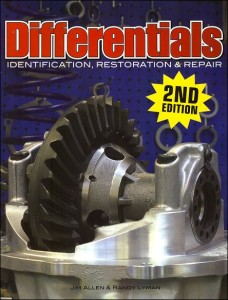
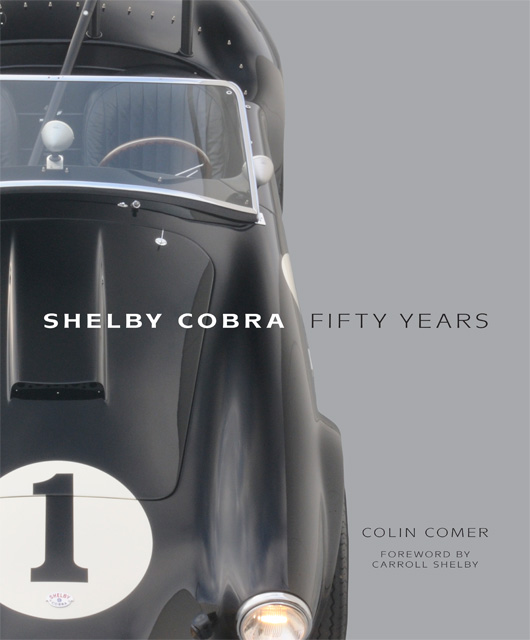
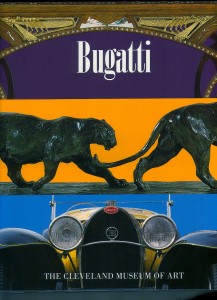
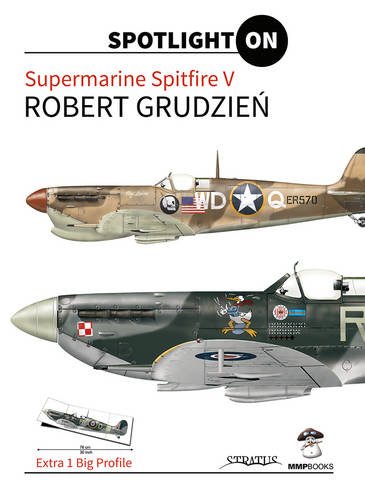
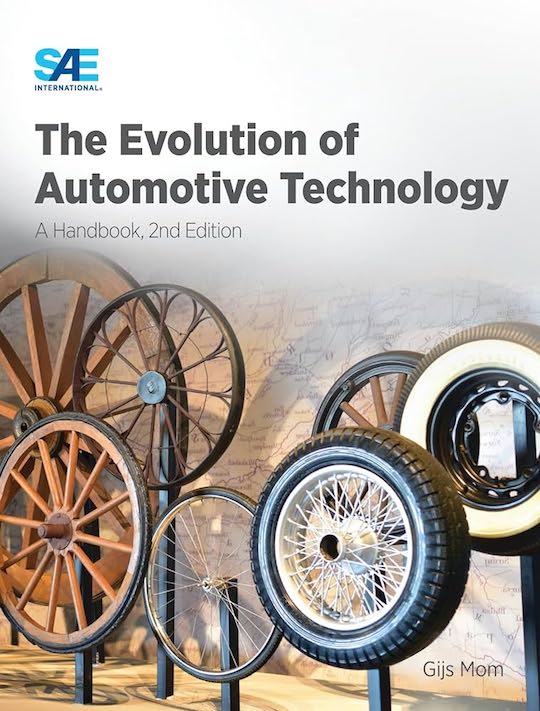
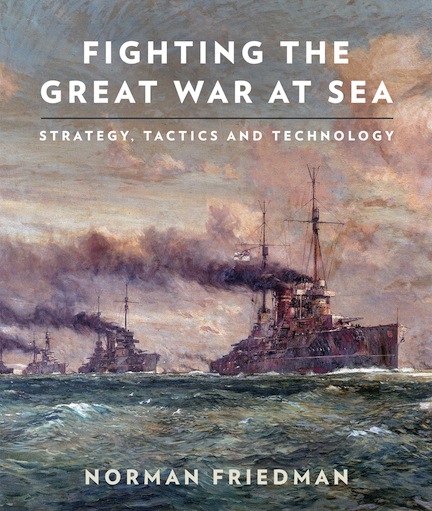
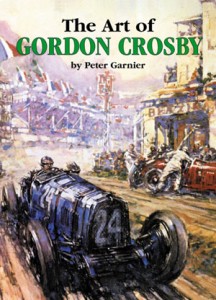
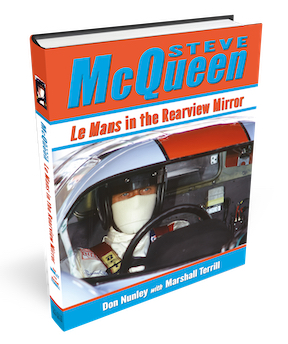
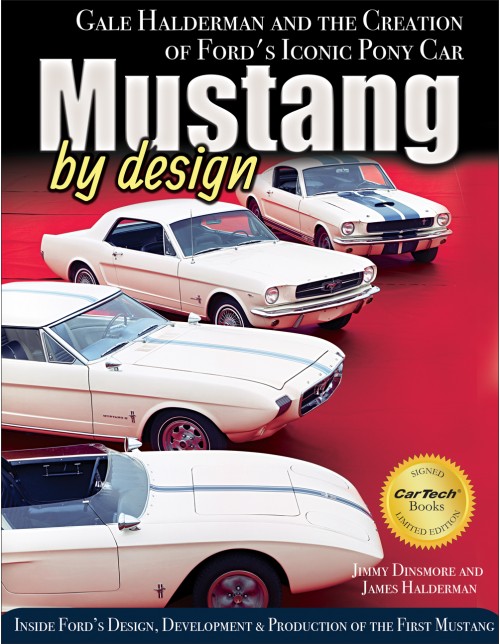
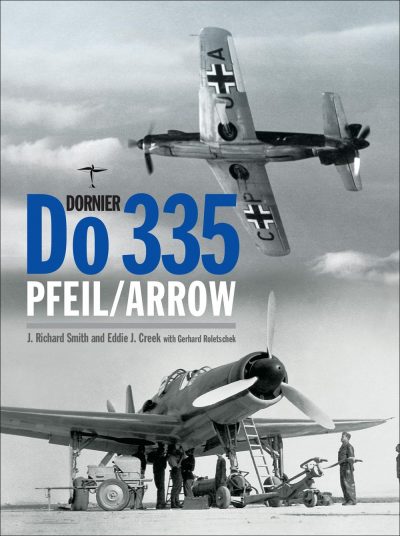
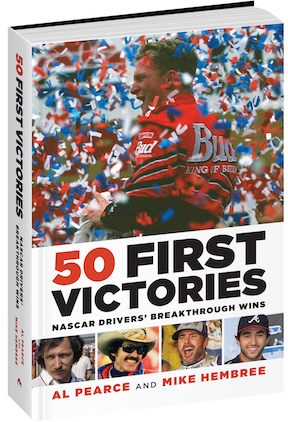
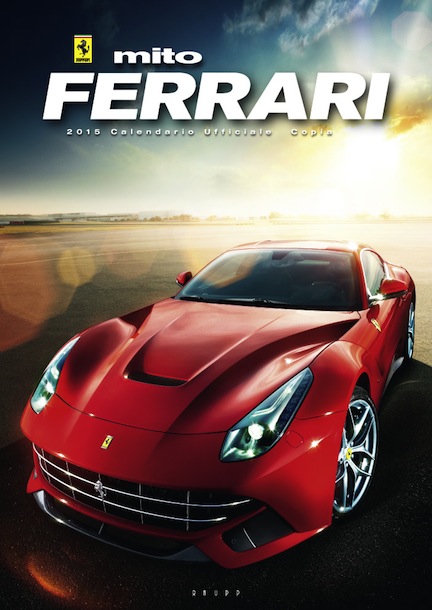
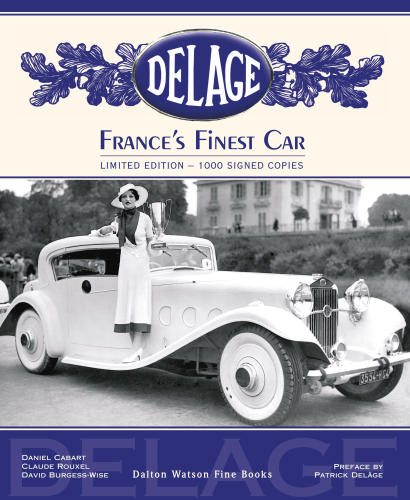

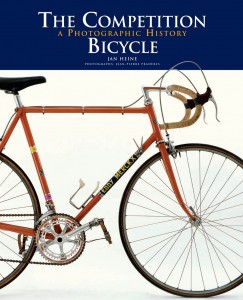
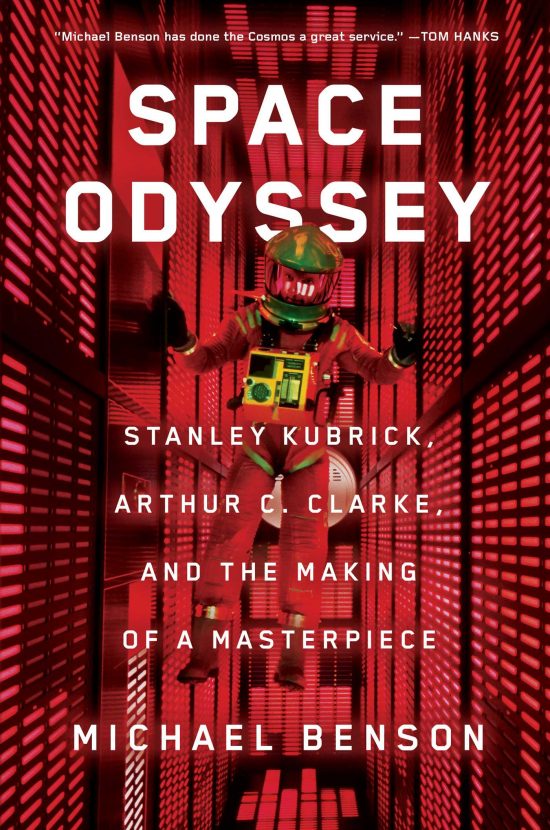
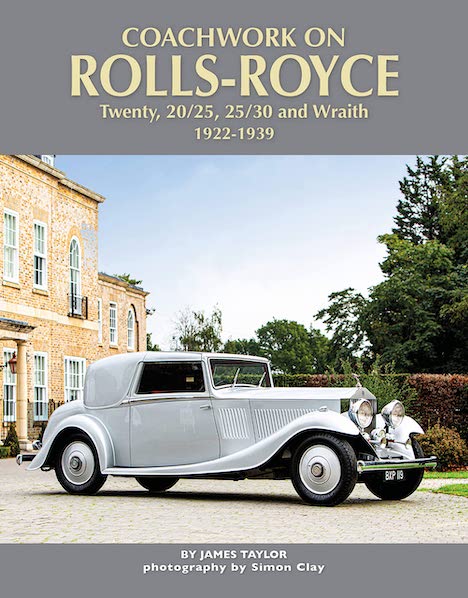
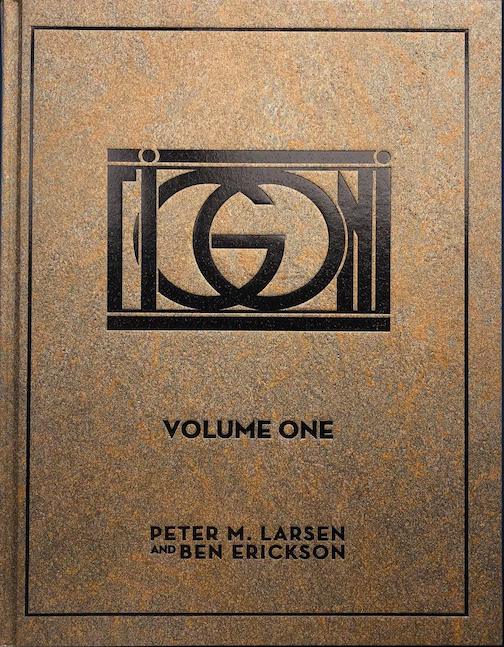
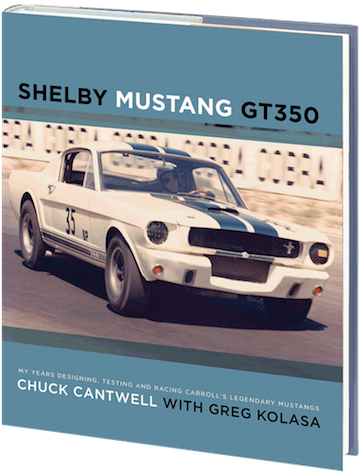
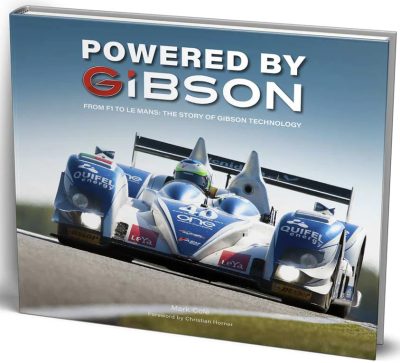

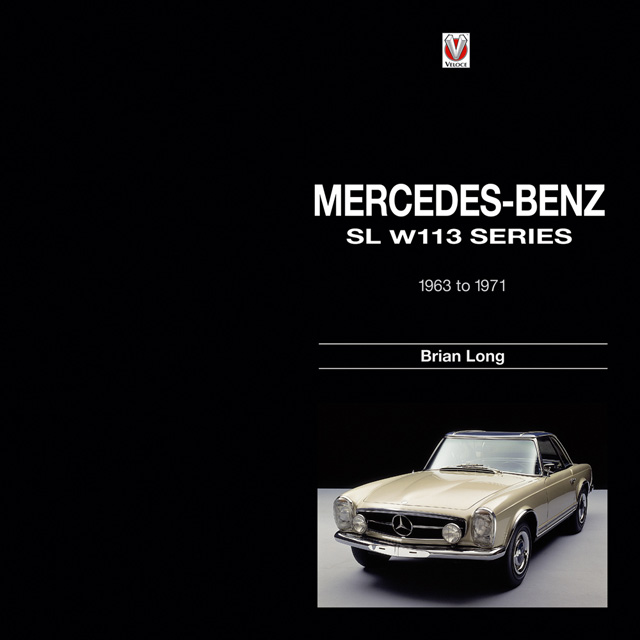
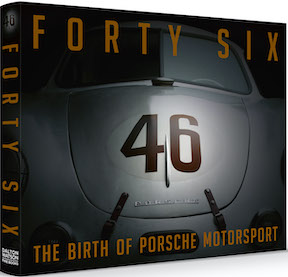

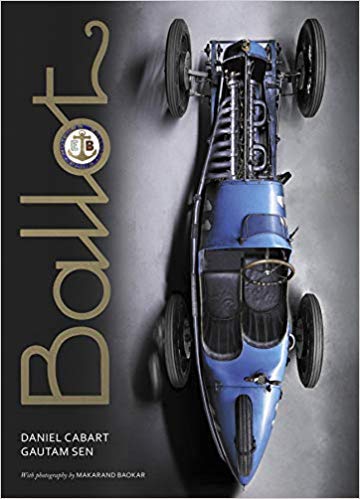
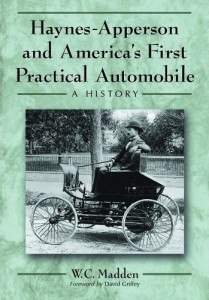
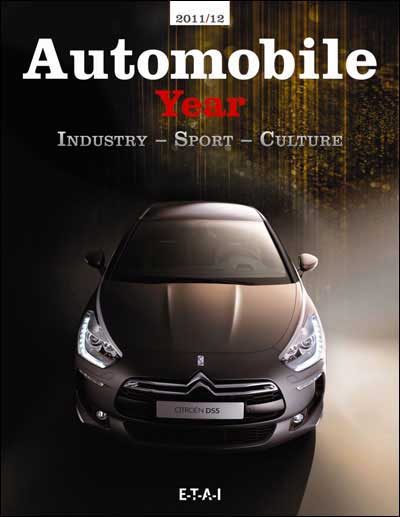

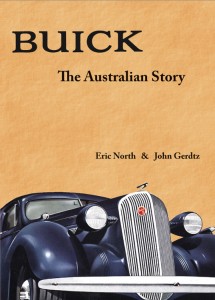
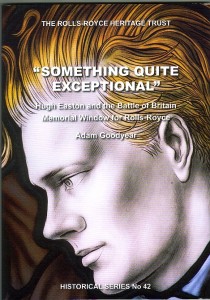

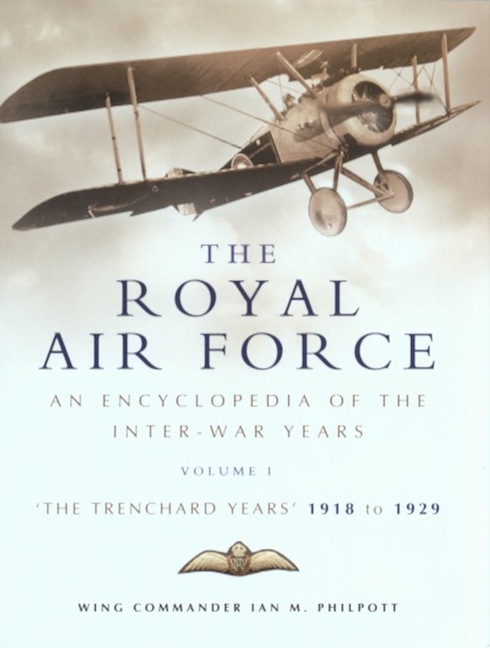
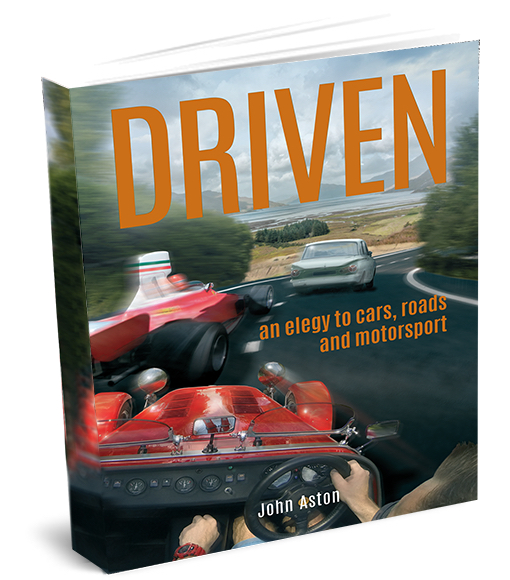

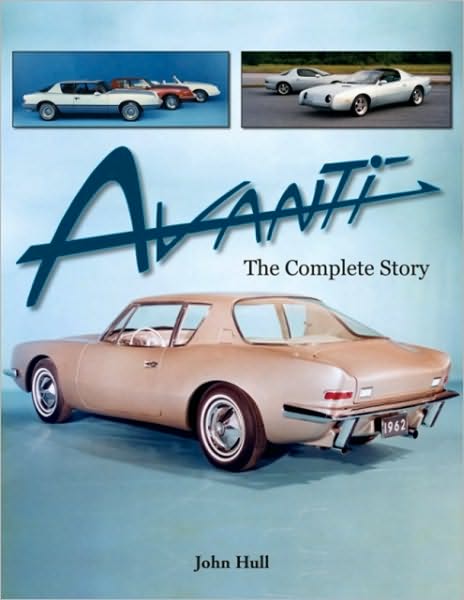
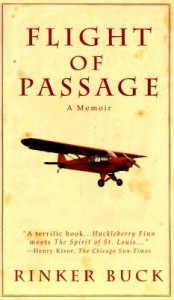
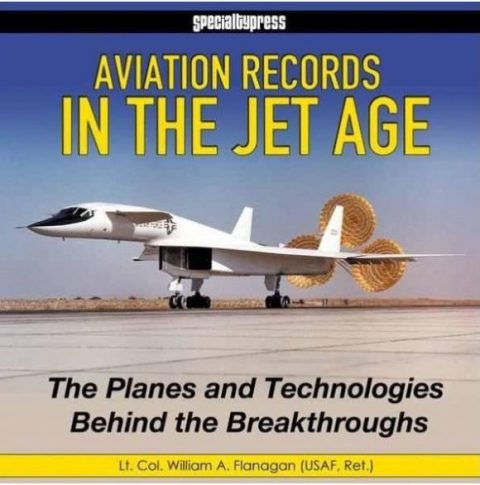
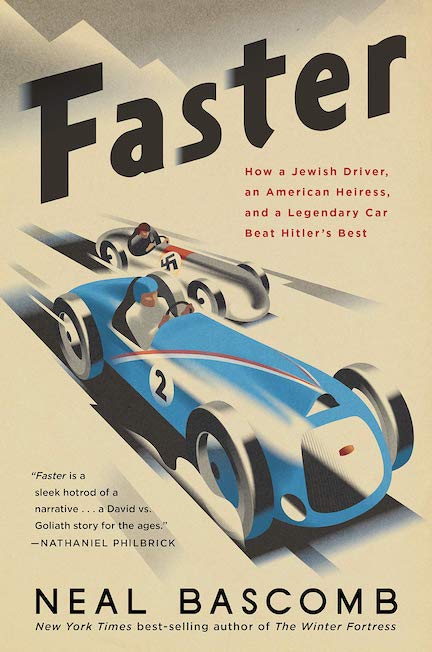


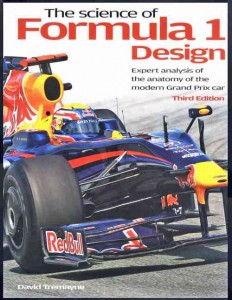

 Phone / Mail / Email
Phone / Mail / Email RSS Feed
RSS Feed Facebook
Facebook Twitter
Twitter
Thank you for the kind words about our book Sabu
Just been handed a copy of this book. Absolutely LOVE IT. I’m sure it will bring me many happy hours of reading and “Coffee Table” conversations in the future.
Kindest regards.